15+ Tarnished Plant Bug
They emerge in early spring to feed on seedlings and budding plants. Among the several species of plant bugs that invade New Hampshire fruit vegetable and ornamental crops the one that does the most damage is the tarnished plant bug TPB Lygus lineolaris.

Tarnished Plant Bug Ontario Cropipm
Web Tarnished plant bug TPB is a significant insect pest of strawberries that remains throughout much of the day neutral strawberry growing season.

. Web Tarnished plant bugs use piercingsucking mouthparts to feed on sap from flower buds. Eggs hatch in 5 to 7 days then nymphs feed for three to four weeks before molting to adulthood. Web The tarnished plant bug Lygus lineolaris.
In North Carolina they are sporadic but sometimes serious fruit pests. They overwinter as adults under debris and become active early in the spring. Adults become active in early spring and lay their bow-shaped eggs into stems and leaf midribs.
Web Tarnished plant bug. This pest is a threat to strawberries and will also damage peaches pears raspberries apples and. Adult tarnished plant bugs are 14 inch in length with flattened dark brown bodies and white or yellow markings along their backs and wings.
There are several species of tarnished plant bugs TPB in the US but the most common in central and eastern US is Lygus lineolaris. As they feed they inject a toxin that kills surrounding cells. Females lay 50-150 eggs which hatch in 7-12 days and nymphs develop into adults in 15-25 days.
Web The tarnished plant bug TPB Lygus lineolaris is a species of plant-feeding insect in the family Miridae. Web The tarnished plant bug is a small 6 mm bronze brown and black bug that feeds on a very wide variety of plants up to 300 different species. Web Description The tarnished plant bug is an important example of this group that can be a pest of vegetables and small fruit.
Garlic spray is often used as a deterrent to tarnished plant bugs. It has piercing-sucking mouthparts and has become a serious pest on small fruits and vegetables in North America. Web Tarnished Plant Bug.
The tarnished plant bug is a problem on a wide variety of ornamental flowers. Tarnished plant bugs overwinter as adults or nymphs in weeds shrubs and garden debris. Adults are about 6 mm long 14 inch brown or tan or greenish with darker markings on their wings and back.
Both synthetic and organic insecticides can be toxic to bees. Web The tarnished plant bug Lygus lineolaris Palisot de Beauvois attacks a wide variety of economically important herbaceous plants vegetable crops commercial flower plants fruit trees and nursery stock Kelton 1975. In fact over half of the cultivated plant species grown in the United States are listed as host plants for tarnished plant.
It can be found throughout North America with a range that extends from northern Canada to southern Mexico and is a serious pest on small fruits and vegetables with a staggering host range. When the hay is cut they fly in search of food and end up on fruit. Tarnished plant bug sweeping advised where retention of young terminal and lateral squares in pre-bloom cotton is less than 80 percent.
It feeds on many flowers including dahlia aster calendula chrysanthemum cosmos gladiolus poppy salvia daisy sunflower verbena zinnia and others. The four-lined plant bugs cause small 116 inch discolored areas on leaves where they suck out cell juices. The population size explodes in fields of hay.
Adult TPB are brass-brown and marked with black white. Web The tarnished plant bug is a very general feeder attacking many kinds of trees and herbaceous plants. Nymphs pierce and suck liquid from the flowers and young fruit.
Creating an unwelcoming environment for tarnished bugs is one of the best ways to reduce their. Web Habitat The tarnished plant bug is a common pest throughout North America. Scouting plant bugs can be accomplished by monitoring square retention and being observant for plant bugs using a sweep net pre-bloom using a drop cloth after bloom or preferably a combination of monitoring square.
8 plant bugs per 100 sweeps from initiation of squaring until the first or second. When they feed on strawberries the berries are malformed with tight clusters of seeds at the tips. TPB is native to the eastern US but has spread throughout much of North America.
This results in berries that remain small with a concentration of seeds at the end of each ripening berry. Small droplets of exudate may be present on the surface of injured buds. Web Tarnished Plant Bug Overview.
Web Tarnished plant bug TPB Lygus bug adults are about ¼ inch long oval flattened yellow to greenish brown and have dark markings on their wings. Web Tarnished Plant Bug fact sheet Download Resource. Web Tarnished plant bugs suck the sap from tender young foliage and flower buds causing distorted leaves and buds that never open.
It appears to make the sprayed plants. There are 3-5 generations of this pest each year. Web The four-lined plant bug feeds on 250 plant species which are mostly herbaceous.
Web The Tarnished Plant Bug Lygus lineolaris is a small common insect pest that poses a threat to a wide range of plants including fruits vegetables and ornamental flowers. Damage varies slightly from the two plant bugs. Early season damage occurs on flower buds blossoms and young fruit.
Web Controlling Tarnished Plant Bugs Environmental Controls. It has piercing-sucking mouth parts as do all the true bugs. Summer adults are lighter in color than overwintered adults.
The tarnished plant bug impacts a wide variety of plants. Keep pollinators in mind when spraying for TPB in strawberries since they are both present during bloom. Web Tarnished plant bugs feed with piercing sucking mouthparts sucking plant juices from the feeding site causing injury to tree fruits when it feeds and lays eggs.
Web Key Points. Adults are bronze to dark brown fragile-looking insects about 14 inch long oval in shape with white marks or lines behind the head and sometimes along the front wing. Tarnished plant bug TPB is the most economically significant pest of strawberries in the Midwest.
Web Apple on Thursday that patch two zero-day exploits meaning hacking techniques that were unknown at the time Apple found out about them used against a member of a civil society organization. There are up to five generations of. It has been recorded eating almost 400 different plant varieties including dozens that are economically important such as vegetable crops flowers fruit young nursery plants and herbs.
The immature forms are pale green. They lay eggs in plant tissue. TPB has several generations of nymphs immature stage of the insect per season.
They have numerous hosts and are particularly attracted to weedy orchards during bloom. Web The Tarnished Plant Bug Lygus lineolaris is a member of the Miridaeor true bugsfamily of insects.

Tarnished Plant Bug Strawberries Ontario Cropipm
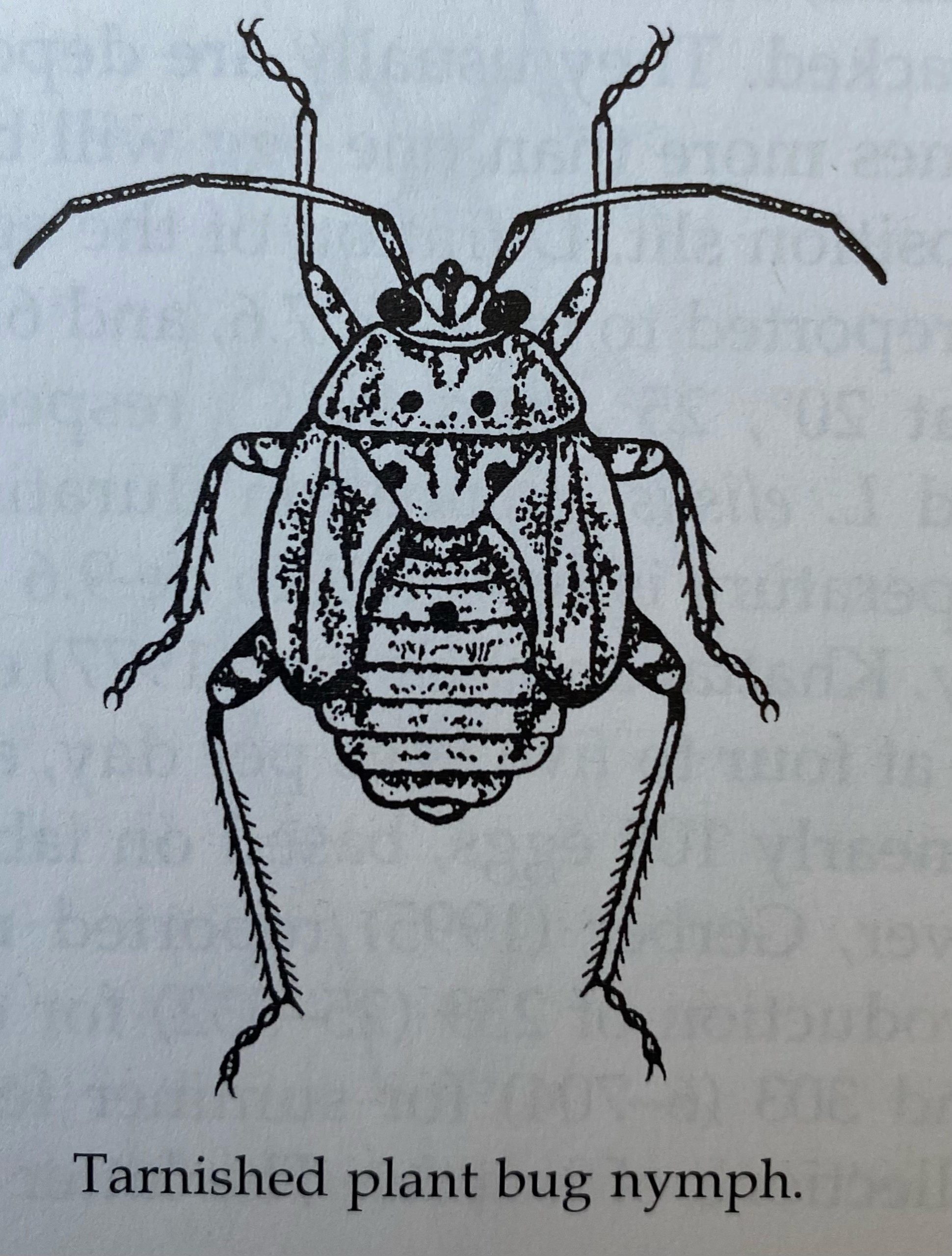
Tarnished Plant Bugs Hornworms Potato Leafhoppers And Powdery Mildews On Vegetables Ipm Pest Advisories
Tarnished Plant Bug Fact Sheet Extension

Tarnished Plant Bug Ontario Cropipm

Tarnished Plant Bug Strawberries Ontario Cropipm
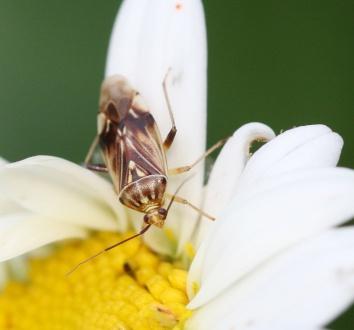
Tarnished Plant Bug Fact Sheet Extension
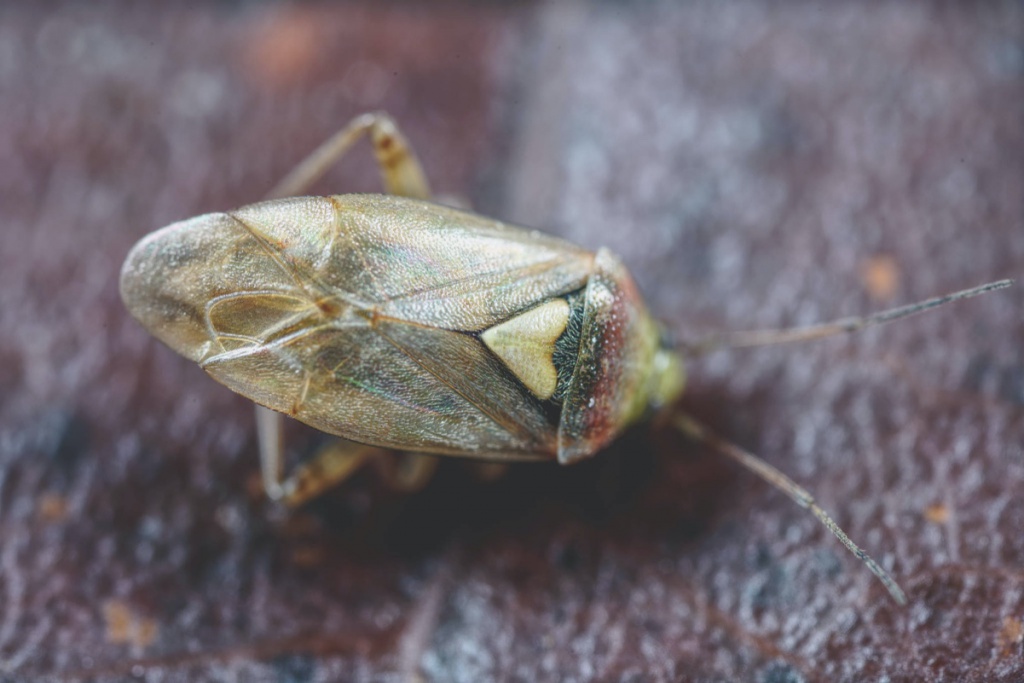
Tarnished Plant Bug Naturespot

Tarnished Plant Bug Ontario Appleipm
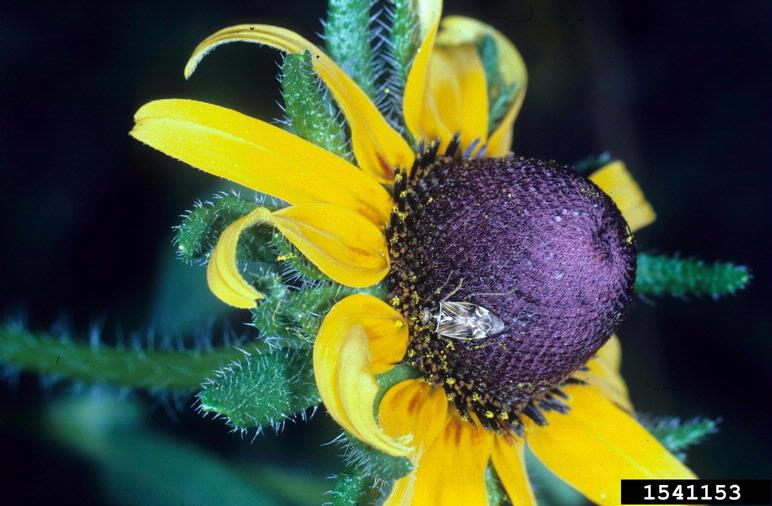
Tarnished Plant Bug Got Pests Board Of Pesticides Control Maine Dacf

Tarnished Plant Bug Potato Ontario Cropipm
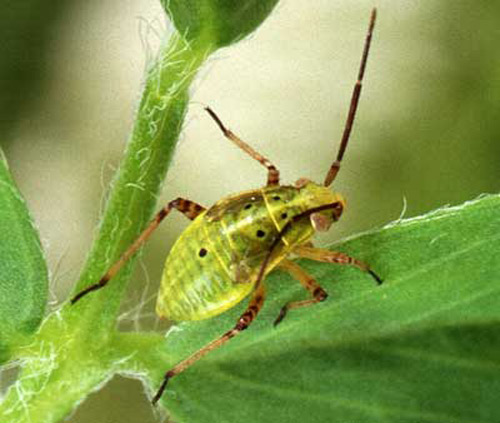
Tarnished Plant Bug Lygus Lineolaris
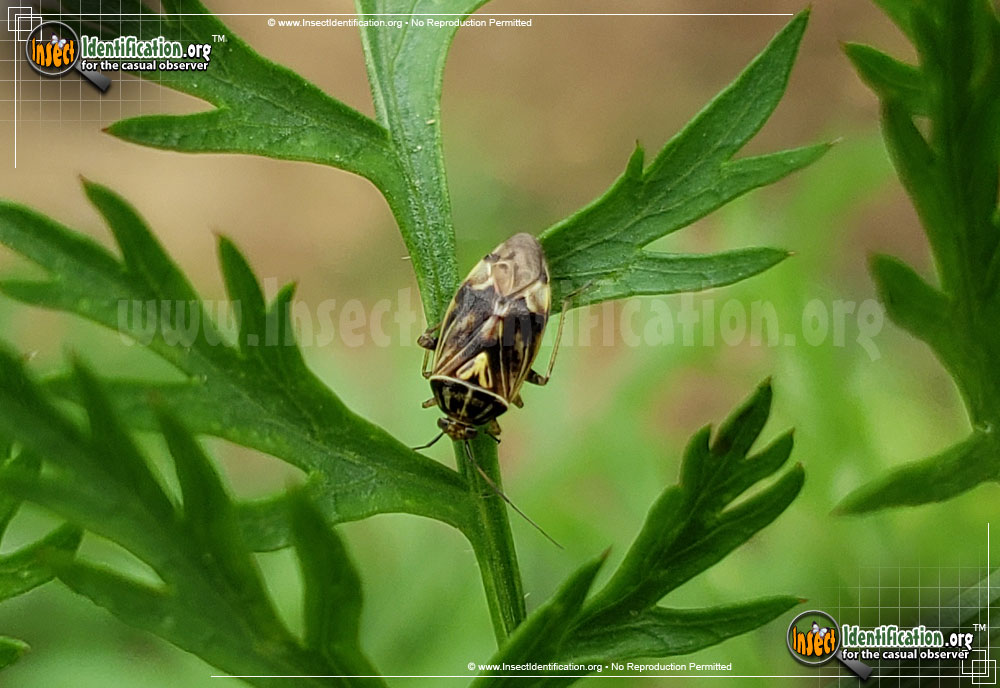
Tarnished Plant Bug
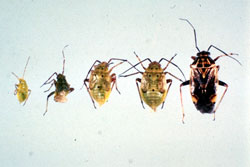
Tarnished Plant Bug Got Pests Board Of Pesticides Control Maine Dacf

Tarnished Plant Bug Potato Ontario Cropipm
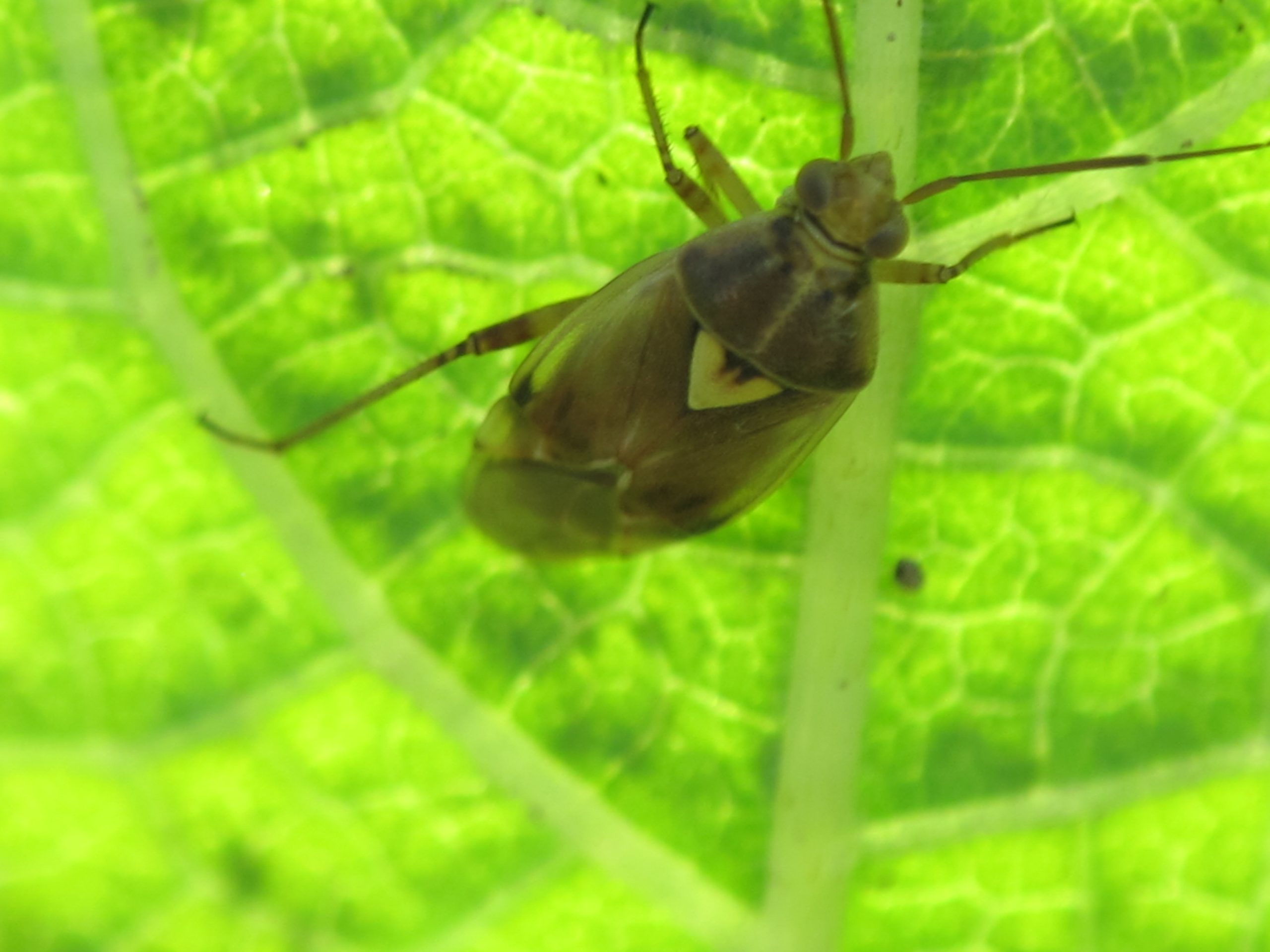
Tarnished Plant Bugs Hornworms Potato Leafhoppers And Powdery Mildews On Vegetables Ipm Pest Advisories
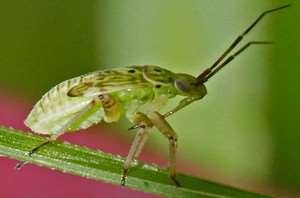
Tarnished Plant Bug Pest Management Farms Com

Tarnished Plant Bugs American Daylily Society